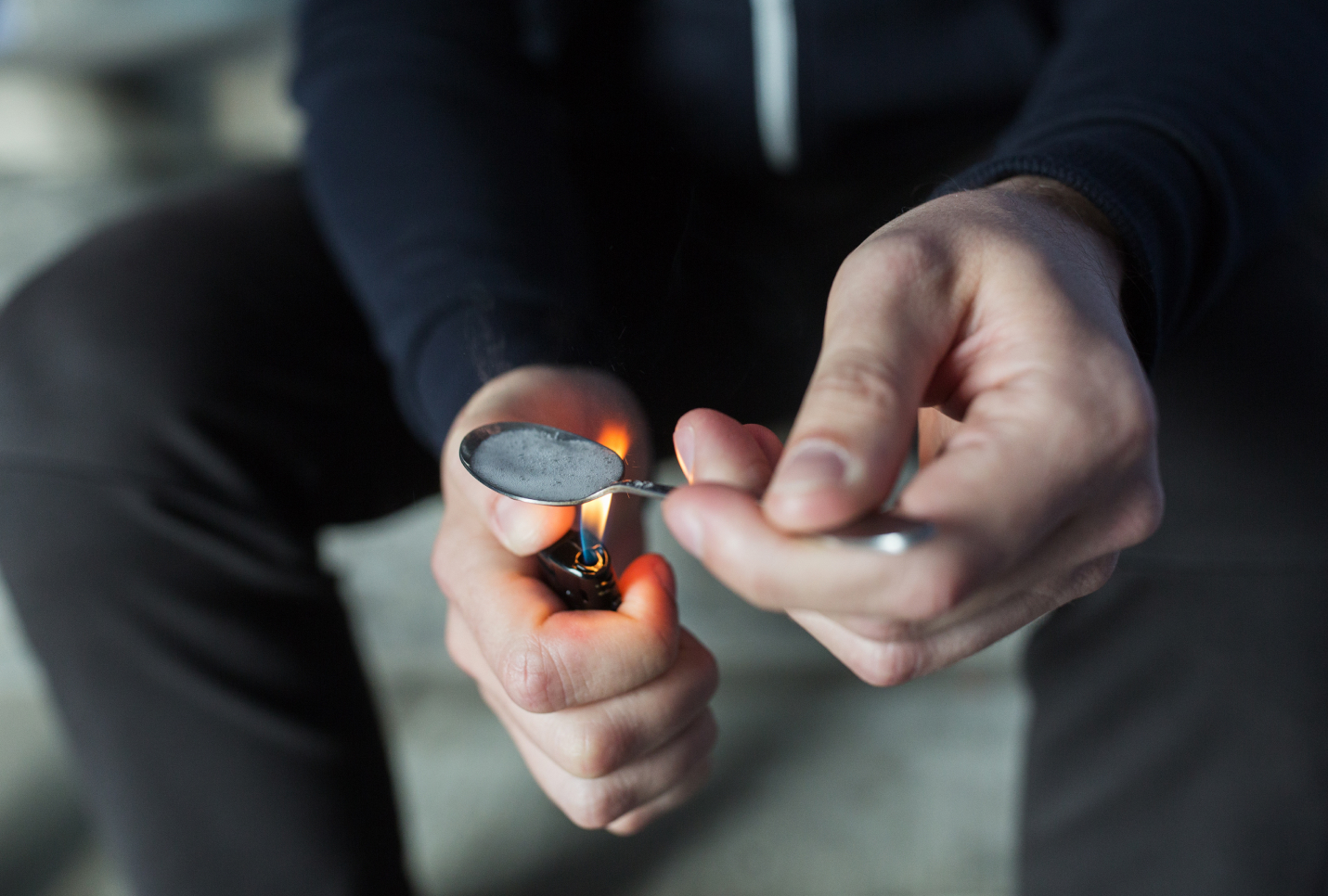When you think of crack and cocaine, you often consider them to be the same. You may hear people call it crack cocaine and wonder if that refers to a different substance. It is not. Both crack and cocaine are highly addictive and illegal drugs that can cause mental and physical health damage.
People that use crack or cocaine often find themselves suffering from severe addiction. To seek help for this addiction, people using crack or cocaine must undergo detoxification and intensive therapy and intervention services. It can be a very difficult addiction to overcome and support is often needed in order to see progress.
As much as crack and cocaine are similar, they are different. How these substances are consumed, what kind of effects they give, and the penalties given if they are criminally charged for using them vary.
To learn more about the differences between crack and cocaine, keep reading.
Are They the Same?
There is not much that separates cocaine and crack from each other chemically. They are virtually the same substance, but the form they come in separates them.
They are both derived from the coca plant indigenous to South America and produce similar effects. The chemical found in this plant, benzoylmethylecgonine, is a central nervous system stimulant with a high risk for abuse.
Both cocaine and crack produce a euphoric feeling when consumed by people. Both affect the dopamine in a person’s body and increase the amount produced when used.
This means people will get a rush of happiness and warmth flooded over them after using, followed by a dramatic decrease as it exits. This constant rush prevents the body from making enough dopamine on its own, leading to serious lows if not using the drug.
What Is Cocaine?
Cocaine is a highly addictive stimulant that is extracted from the leaves of the coca plant. It comes in a powdery form that can be snorted, rubbed on the gums, or injected into a person’s veins.
Depending on the person using and how much cocaine is consumed, the effects can set in anywhere from almost immediately to within five minutes. Highs can range from 15 seconds to 30 minutes, depending on your consumption.
At first, cocaine was being used medicinally before the understanding of its risk for abuse set in. It was used topically to help numb body parts for surgery before it was considered to be a Schedule II controlled substance.
What Is Crack?
Crack is chemically the same as cocaine, but the way that it’s created is what sets it apart. To make crack, you have to dissolve cocaine powder and mix it with baking soda, and then heat it.
The heating removes the hydrochloride from the substance completely. What results from this is a highly concentrated form of cocaine that looks like little rocks. This is a very powerful and active form of cocaine that is smokeable and produces even higher effects than cocaine.
The high from crack is much quicker than with cocaine in several ways. People experience the high faster with crack, it doesn’t last as long, but it’s often more intense. As a result of the quick effects, many users will consume high quantities of both to continue the high for as long as possible.
What Makes Crack and Cocaine Different?
We’ve established that cocaine and crack are hardly different regarding the makeup of the drugs. They are the same chemically, just in different stages of life.
The differences that surround cocaine and crack boil down to how they are viewed by society and the criminal justice system, how you use them, and what the effects of them are like.
If you or a loved one is struggling with addiction to either crack or cocaine, just know there are ways to seek help. Though difficult, getting treatment for an addiction to cocaine or crack is one of the best ways to overcome your substance abuse problems.
Methods of Use
How you use cocaine and crack differs. Cocaine comes in a powdery substance that is most frequently snorted or rubbed on the gums.
It’s a very fine powder that doesn’t take too much to get you feeling the side effects. Some people inject cocaine into the bloodstream with a needle, but this isn’t the most common way to use it.
Crack is typically smoked and inhaled into the lungs. Crack can have a very powerful effect, and like cocaine doesn’t take much to get you intoxicated.
Side Effects
Some of the side effects that you get from cocaine and crack use will be very similar, like the following:
- Increased heart rate
- Increased blood pressure
- Cardiac arrest
- Dilated pupils
- Stroke
- Seizures
- Heart attack
- Mood swings
- Violent outbursts
The main differences in their side effects are related to how they are consumed. For cocaine, people will experience a runny nose, nosebleeds, difficulty swallowing, holes in their nose, and a loss of smell. People that smoke crack will have side effects like respiratory distress, cough, asthma, and an increased risk of respiratory infections.
Price Point
Cocaine is often referred to as a “rich man’s drug” because it is commonly found among more wealthy individuals. This association comes from the 1980s and Wall Street bankers and Hollywood stars.
It’s a drug often used to party and stay up all night, with bursts of energy and confidence as you continue to pump it into your system. It has maintained this idea for years and still is regarded as a very expensive drug, which is ironic for its short-lived intoxication.
On the other hand, crack was created and distributed as a cheaper alternative to cocaine. So for less money, you could experience an even more powerful version of cocaine, which flooded lower-income communities throughout the United States.
As a result of these price differences, there is also a different view on people who use crack and cocaine, even though they are virtually the same drug.
The Onset of Action and Half-Life
Both cocaine and crack are quick to respond in the body. You will feel the effects of using either of these in a short amount of time, though crack has a faster effect.
Not only do you feel the effects of crack faster, but they come in shorter bursts. Cocaine may take a bit longer to get through your system and can have a longer-lasting effect after the fact.
Cocaine effects can last up to 30 minutes, whereas crack effects usually are gone within 10 minutes. For people that want a quicker effect than cocaine, they tend to move on towards crack so that they can keep up with their needs.
Criminal Penalties
Every state has different penalties for selling and using cocaine or crack. However, the history of crack and cocaine shows a disproportionate breakdown of crack than cocaine. The penalties are often stronger and harsher for the distribution of crack over cocaine.
Not only does this target people in lower-income communities, but it paints the picture that crack is worse than cocaine use. You could easily argue that both crack use and cocaine use should be avoided and that they both have serious implications for a person’s health and safety.
Popularity
Because of the difference in penalties for crack and cocaine, more people will admit to having used cocaine over crack. In general, despite cocaine being more expensive, cocaine is regarded as the better version of the two and more likely to be consumed by people. People know you’re less likely to receive a harsh punishment if caught with cocaine over crack.
Addiction Treatment Can Help
People suffering from drug abuse and addiction do not need to be penalized. They need to be helped and given proper treatment to overcome their addiction. Seeking help is half the battle, but SOBA Recovery Center of San Antonio, Texas, offers an easy solution.
When you seek addiction treatment at SOBA, you work with our addiction specialists and therapists to come up with a treatment plan that is right for you. Everyone requires their own set of needs, and SOBA works with each individual to better understand their needs.
You can start with our inpatient services, detoxification program, and group therapy. Reach out today to a SOBA representative to learn more about what we have to offer to help you or a loved one overcome their addiction to crack or cocaine.
Sources:
Cocaine DrugFacts | National Institute on Drug Abuse (NIDA)
Crack Cocaine Fast Facts | National Drug Intelligence Center





